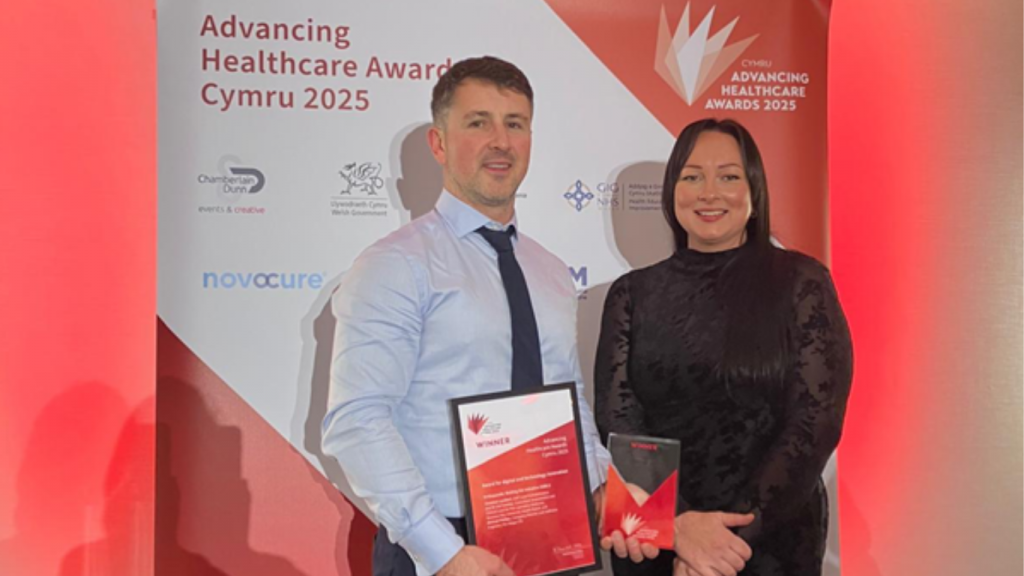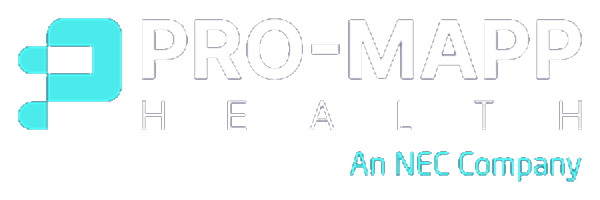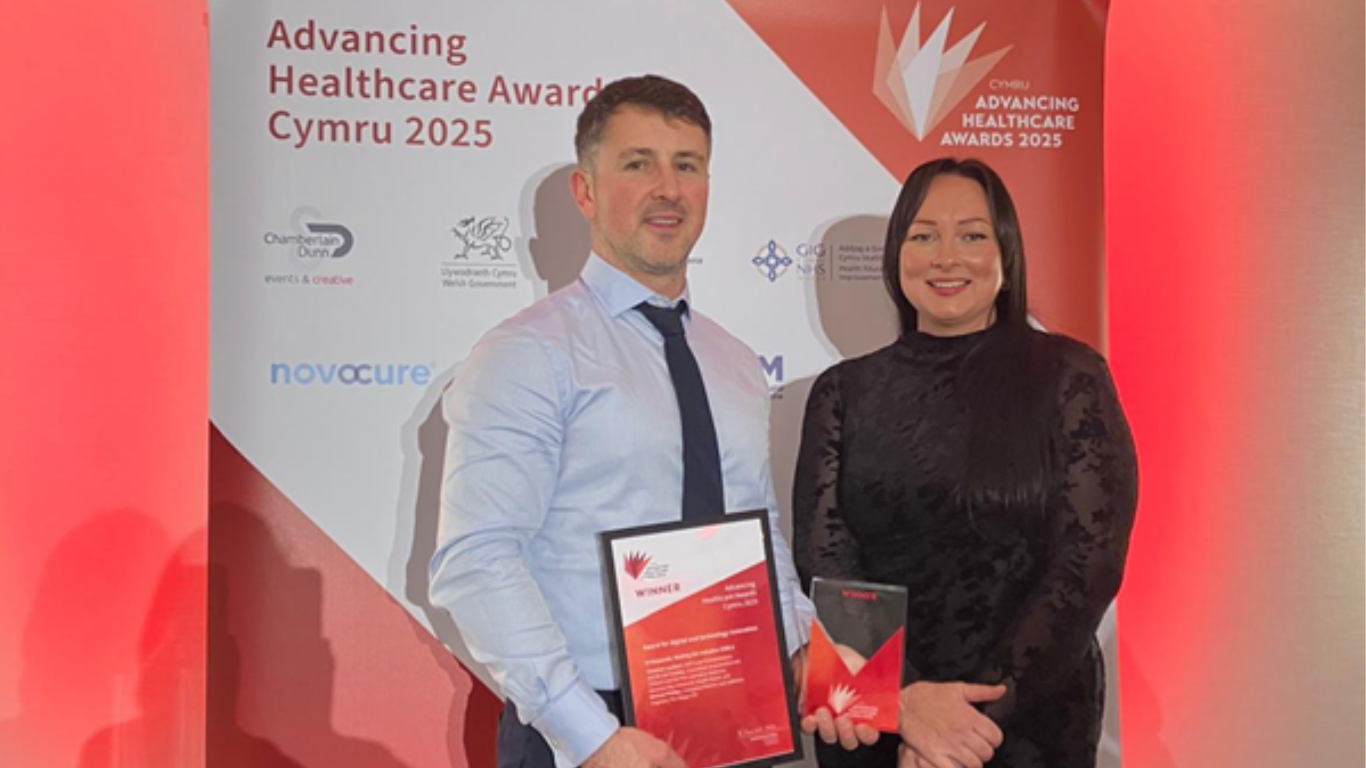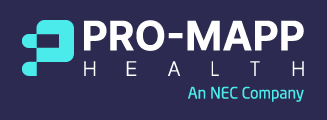Waiting times for healthcare services in the UK shine a rather worrying light on the difficulty faced by the NHS. The metrics act as a key gauge to determine when, and why, healthcare delivery has become far more stretched. Notably of course, the covid-19 pandemic was detrimental to how critical appointments and surgeries could be conducted, with the influx of ill patients straining NHS England (NHSE) staff to the brink.
In the past decade, waiting list times have doubled. Pre-2020, the number of ‘incomplete pathways’ for patients stood at 2.3 million. As of early 2024, it’s an astonishing 7.64 million cases. This is a significant figure that demands a rethink to improve nationwide NHS operations, resource allocation, pre-assessment triage, and data-led technical training to ensure a positive uptick in the quality of patient and staff satisfaction, and timely access to care.
The short and long term impacts
Over 6 million patients are determined to be in a queue awaiting treatment, and this affects both patients waiting for immediate care and those facing substantial delays for planned appointments.
Urgent and emergency care
At the start of the year, on average, 1,760 patients seeking to see doctors and nurses in accident and emergency departments were waiting for more than twelve hours for admissions. With timely intervention necessary to see to these individual situations can be significantly life-threatening, inefficient patient pathways only contribute to poor knock-on effects for every new admission.
Longer appointment lists
Many services are burdened by unnecessary repeat testing and face-to-face appointments that could be handled over the phone for non-urgent issues. These inefficiencies significantly contribute to long waiting times for patients, often delaying access to life-changing surgical procedures. In July of this year, 76,132 patients waited over 53 weeks just for an initial outpatient appointment—a clear indication of the challenges in accessing even primary care. As waiting times increase, patients’ health conditions can deteriorate, leading to more frequent retesting (as prior tests expire), which only worsens the backlog and further extends queues.
As part of the NHS Long Term Plan community health services are offering complex health care solutions outside of hospitals – at houses, care homes, clinics, community hospitals and schools. As a result of changes in guidance and operations for service delivery, they have also experienced a waiting list increase for over a million patients indicative of continual reform to mitigate the hurdles that affect accessible healthcare.
The most burdened specialities
One of the largest concerns surrounding waiting times are the experiences of cancer patients, all of whom experience high variations in their pathway expectations; as reported in August, 69.2% of cancer patients were treated within 62 days of being referred.
Waiting times in the NHS for orthopaedics, and especially trauma and orthopaedics, have been a significant issue, particularly since the COVID-19 pandemic. It is now the specialty with the longest waiting times, having seen a 35% surge in its waiting lists.
By March 2024, over 800,000 patients were in line for orthopaedic procedures. In part, these backlogs are due to a combination of the healthcare system’s stretched resources, postponed surgeries during the pandemic, a sharp increase in referrals and, in some cases, limited funding. While the NHS aims to treat all patients within 18 weeks of referral, these compounding factors make this target increasingly challenging for orthopaedics.
Orthopaedic surgeries can be major procedures involving lengthy recovery times and require extensive post-operative care that can further strain hospital resources. Conditions requiring orthopaedic intervention – such as hip or knee replacements, spinal surgeries, and complex trauma cases – demand significant surgical time and specialised care that tend to have longer waiting times over interventions that are less resource-intensive.Trauma and orthopaedics also receive increased emergency referrals for acute injuries. This complicates scheduling for elective surgeries, while a high volume of both elective and emergency cases only causes further delays for patients awaiting treatment.
These delays vary across the UK. Some hospitals face longer queues than others due to regional demand, the availability of orthopaedic consultants, or operational capacity. As NHS facilities prioritise those with the most urgent needs, many orthopaedic patients face prolonged wait times, impacting their quality of life and, sometimes, the progression of their conditions.
In addition to the pandemic’s impact, several other factors contribute to delays in orthopaedic waiting times in line with NHSE and Getting It Right First Time (GIRFT) insights, as follows:
- Workforce Shortages: A shortage of orthopaedic consultants, anaesthetists, and specialist nursing staff is a prominent challenge identified by the NHSE and GIRFT. Recruiting and retaining healthcare professionals in the field is challenging, while the demand for highly trained specialists is high. A staffing gap limits the NHS’s ability to meet patient demand, especially given the intensity of support required during and after orthopaedic surgeries.
- Operating Theatre and Bed Capacity: NHSE and GIRFT emphasise the importance of adequate infrastructure, but many NHS hospitals face limitations in operating theatre and inpatient bed availability, restricting their capacity to perform the necessary volume of orthopaedic surgeries. Trauma and orthopaedics require dedicated theatre time and inpatient beds, which are often unavailable due to competing priorities across specialties. As a result, even if a hospital has adequate staff, it may lack the physical resources to treat all patients in a timely manner.
- High Volume of Emergency Cases: Trauma cases, such as fractures and other serious injuries, are often life-altering and require immediate intervention, frequently taking priority over elective orthopaedic surgeries. This reactive demand complicates scheduling and can divert resources for planned elective surgery at short notice. GIRFT has highlighted the need to better separate emergency and elective care separation, which could help streamline orthopaedic pathways while requiring further resources.
- Inefficiencies in Referral Pathways and Care Coordination: Pointed out by GIRFT, variations in referral practices across regions – combined with inconsistencies in patient management from primary to tertiary care – can result in unnecessary delays. Patients might be referred back and forth between departments or to external clinics without a clear, coordinated pathway. Standardising and integrating these pathways is a GIRFT priority; streamlined processes could reduce unnecessary delays and provide patients with faster access to treatment.
- Demand Outpacing Capacity: An ageing population with an increasing prevalence of degenerative conditions (such as osteoarthritis) has driven up demand for orthopaedic procedures. As this often outpaces available resources and capacity, this leads to longer waiting lists. GIRFT and NHSE recognise the importance of population health management and early intervention initiatives to alleviate some of this demand, but these are long-term solutions that require time and investment.
Both NHSE and GIRFT are focusing on initiatives such as prioritising high-demand areas, and optimising scheduling and theatre efficiency, but until these changes are fully realised trauma and orthopaedics will likely continue to experience longer wait times than other specialties.
Eyes, and policies, on the future
As discussed, non-urgent assessment (led by consultants) has an enforced maximum waiting time of 18 weeks (per NHS constitution), all in a bid to see more patients in immediate need of medical treatment. Given this year’s hefty figures on waiting lists, this cap remains flexible to regular re-evaluations, making sure service quality is incrementally improved to keep up with treatment demand.
As we reach the end of 2024, there’s a brighter outlook given that waiting list projections see numbers dropping below 7.2 million before 2025. Much of this is due to innovations in how caregivers can be more efficient through each stage of a personalised patient pathway; where reporting, operations and resource allocation is streamlined to sustain continuous and speedy patient support. With healthtech providers and policy makers looking to support the NHS’ continuous improvement through standardised practice and nationwide analytical data, waiting list times should hopefully reduce across a range of areas.
The urgency to act has been taken seriously as we exit out of the pandemic’s most difficult hold on NHS services. Collaborations involving digital providers, clinicians, consultants and NHS programmes are leading the way to maintain a more patient-centric healthcare system. By regaining stability, the UK service can grant better outcomes for both hardworking NHS staff and the patients that they serve.












